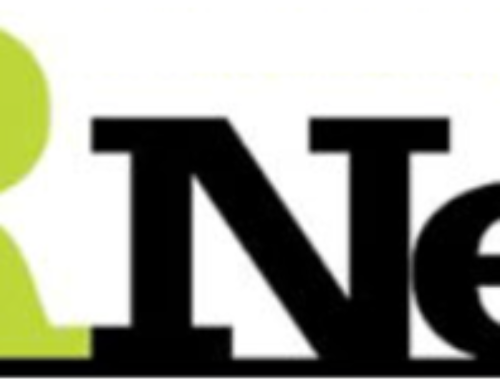PSAs can be great marketing tools for nonprofits, but production quality, rigorous broadcast requirements, promotion and relevance are challenges nonprofits face when trying to get a PSA to air on TV or radio. There are six strategies to increase the likelihood of getting your nonprofit’s PSA used:
- Demand quality.Stations are not going to air PSAs that are not well-produced, so ensure all creative aspects of the PSA – from the writing to lighting – look professional. Also try to avoid dull creative generally known as “talking heads” and use a more compelling approach. You can see some of the TV PSAs that were created by our producer at: Good Creative.
- Adhere to media requirements. This includes everything from producing an exactly timed PSA in a high-definition format, to making sure there is a kill date, an Ad-ID code, along with bars, slate and tone on the front end of the TV PSA. While this sounds very technical, your ad agency or producer should know all the station requirements necessary to get on the air.
- Distribute digitally. Gone are the days of delivering hard-copy PSA packages directly to the PSA gatekeeper. Although some radio stations still accept CDs, digital distribution is a must for TV. We use three different download platforms to get digital files to TV and radio stations: our own digital site called PSA Digital, Extreme Reach and the National Association of Broadcasters’ SpotCenter.

- When preparing your digital PSA plan, make sure to include Traffic Instructions, since the PSA director may not be the one downloading the digital files. As shown here, the Traffic Instructions list the name of the nonprofit which produced the PSAs, the names of the digital files and spot lengths.
- Promote, promote, promote. If stations don’t know where to download your PSAs, then they obviously cannot air them. There are various ways to promote your campaign, including alert postcards blast e-mails, and storyboards posted to the digital download site. We also post each TV PSA to our branded site on You Tube.
- Make it relevant. TV and radio stations are interested in PSAs that are important to their viewers and listeners. Health, safety and educational PSAs are all popular with the media. To read an article on some tips for getting network and station clearance for your PSA, go to: TV PSA Clearance.
- Hire a professional PSA producer and distributor. These individuals know the ins and outs of PSA production and distribution. Additionally, a distributor can provide you with data to show the impact of your campaign, something that’s difficult for nonprofits to do without assistance.
Bill Goodwill is the founder of Goodwill Communications, Inc., a firm that distributes, and evaluates national public service advertising campaigns for nonprofits and federal agencies.







Leave A Comment